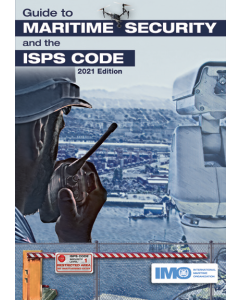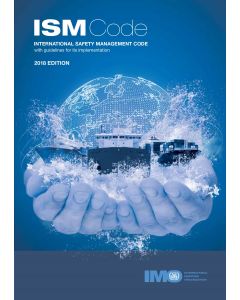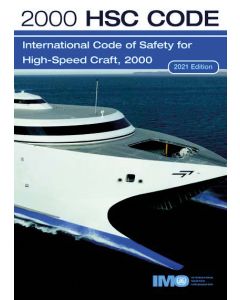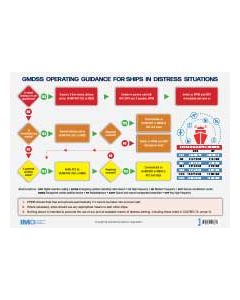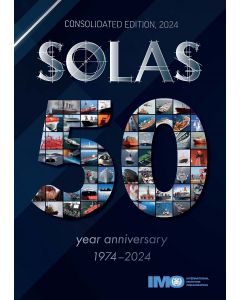Polar Code (Digital)
- FREE Delivery to UK - Spend over £75
- FREE Delivery to Europe - Spend over £150
- Worldwide Delivery Available
International Code for Ships Operating in Polar Waters.
Product Details
Part Number: K191E
ISBN: 9788290116281
Publisher: IMO
Edition: 2016
Language: English
MPN: K191E
Format: E-Reader
The International Code for Ships Operating in Polar Waters (Polar Code) has been developed to supplement existing IMO instruments in order to provide a more comprehensive set of provisions to address the increased interests and traffic in the polar regions, and the unique operational, environmental and search and rescue concerns peculiar to these areas, taking into account that the consequences of any major safety or pollution incident in polar waters are likely to cause widespread harm to these pristine environments.
The Polar Code covers the full range of design, construction, equipment, operational, training, search and rescue and environmental protection matters relevant to ships operating in waters surrounding the two poles. It includes mandatory measures covering safety (part I-A) and pollution prevention (part II-A) and recommendatory provisions for both (parts I-B and II-B).

